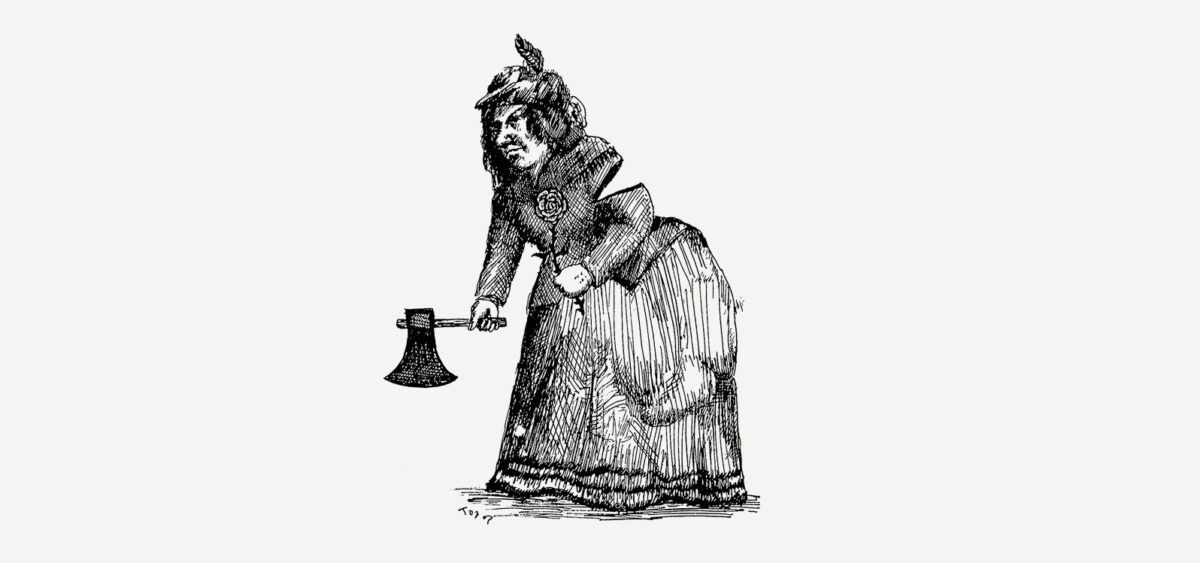
If we weren’t capable of being afraid, we simply wouldn’t exist, so we can say of fear: it’s the stuff we’re made of! Let’s appreciate this evolutionary heritage, even if in everyday life we’d prefer not to feel its effects.
Fear has been our companion since the dawn of time. But when exactly did it first appear? Biological life on Earth began more than 3.5 billion years ago, but the first organisms still had a long way to go before the time when a member of one species ate another, becoming the first predator. And it is predators who cause the greatest fear among their prey. The appearance of predatory animals sparked an evolutionary arms race on Planet Earth.
The Red Queen Hypothesis
In Lewis Carroll’s novel Through the Looking Glass, the Red Queen explains to Alice the rules for getting around the country where she’s found herself: “Now, here, you see, it takes all the running you can do, to keep in the same place.” The outstanding American evolutionary biologist Leigh Van Valen noted that in the world of living organisms, we can perceive a similar dependency. He described it in 1973 in A New Evolutionary Law, one of the most important works in contemporary ecology. Prey who flee from predators in fear bring with them a process of creating new adaptations, or “genetic evasions,” making their flight more efficient. In response, predators also develop new abilities—and on and on. To maintain the status quo in the relationship between predator and prey, you have to be constantly developing; to remain in constant motion, like Alice. And the changes don’t happen in a linear faction, but in leaps. After each such irregular jump, a new species may emerge. According to one hypothesis, this is how








